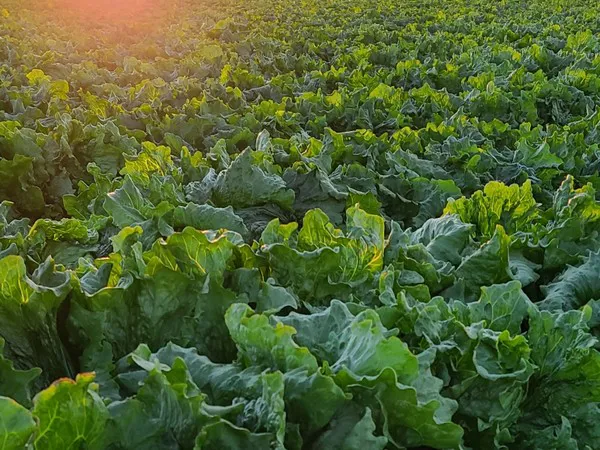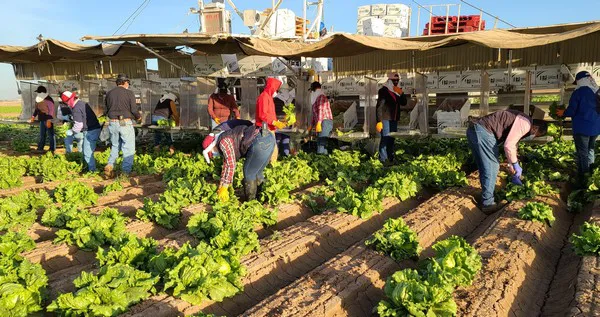Iceberg lettuce volume remains high thanks to a few factors.
Sam Christopherson of Salinas, CA-based Markon notes that ample supplies of iceberg are currently being harvested and shipped from Arizona and California. “Stocks have been fairly steady for quite awhile now. It’s a supply-exceeds-demand situation with plenty of good-quality product out there,” says Christopherson.

He says compared to last year at this time, overall yields are higher. “Quality looks really good for this time of year. Typically, in the desert you see a deep, hard freeze sometime in December or January and this year we haven’t experienced that. Those severe freezes cause lettuce heads to develop ice on the outer leaves, delaying harvesting crews for up to three to four hours,” he says. “Following these weather events, heads can develop blistering and epidermal peeling with discoloration. There have been some periods of blistering and peeling but overall, it’s been pretty mild and with minimal issues.” Some fluctuating weights are also being seen in lettuce fields due to recent temperature changes as well as rain events in the desert.
Looking back a year ago
Adding to the significant volume is the lack of foodservice demand for iceberg. “Demand is lower compared to this time last year,” Christopherson says, noting this is close to the one-year anniversary of when North America was hit and largely locked down by the COVID-19 pandemic. Today, some parts of the country remain locked down or have severe foodservice restrictions in place. “Also, most of the country recently experienced unseasonably cold weather—last week it was the southern portion of the United States. Temperatures have since rebounded and demand is a little stronger this week, but compared to last year at this time, it remains down,” he says.
Not surprisingly, pricing is low at the moment. “Markets are really depressed due to the continued supply-exceeds-demand situation. Prices have been pretty much unchanged at lower levels for the past two weeks and we don’t expect much change through March,” says Christopherson. “As the country rebounds from low temperatures, there could be a slight lift but overall, we expect prices and supply levels to remain comparable.”

Christopherson does add that demand is picking up on the foodservice side for more value-added iceberg supplies. “We attribute that to the uptick in fast-casual orders due to COVID-19 restrictions. Fast casual operators seem to be doing better and using more shredded and chopped lettuce compared to sit-down restaurants which typically use whole heads,” he says.
Looking ahead, Christopherson anticipates supplies to remain abundant as harvesting shifts to Huron and Salinas, CA, which should happen mid-March.
For more information:
Cathy Gomez
Markon Cooperative
Tel: +1 (831) 757-9737
[email protected]
www.markon.com
